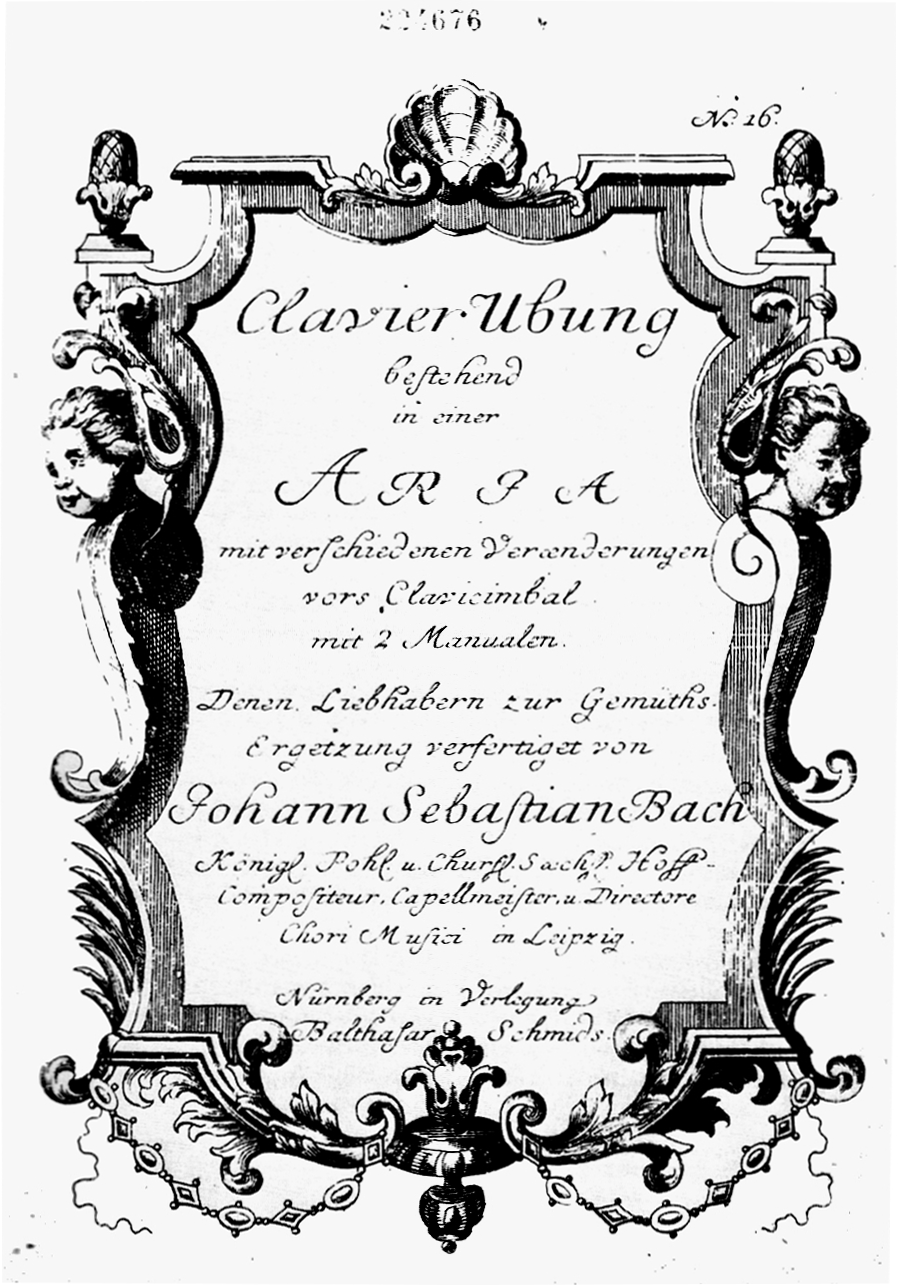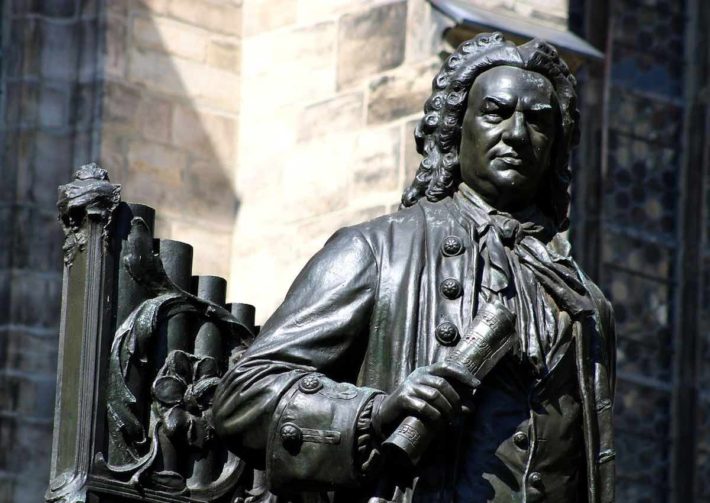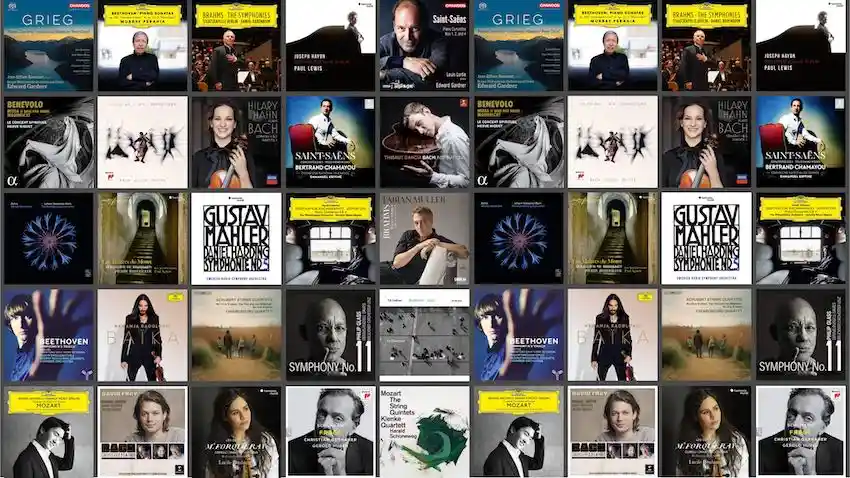Part I
Bach’s “Goldberg Variations” has long been a masterpiece artists feel obliged to concur, or rather, feel they deserve respect by simply master it. But how can you defer from all the versions of the Goldberg Variations? Is there a way of getting to a “best recording” choice?
As with many classical music masterpieces, one sometimes needs a guidance of where to start, a certain number of reference recordings he or she can live with and then develop to other performances. This is especially true to the Goldberg Variations, the discography of includes many dozens of performances, not to mention the choice of instrument – harpsichord, piano, and many arrangements to other instruments and ensembles – The latest I’ve heard is an interesting Accordion version by the Danish player Andreas Borregaard.
I’ve spent some few wonderful months exploring many recordings of the variations, never tiring from this fascinating piece. My main focus was to reach an ability to answer the question, “Bach Goldberg Variation – Best performance”, and give an honest few options as a reference. The rest will and should be in the hands of the listener and his or her journey with the piece.

As with any piece of art, it’s difficult to recommend only a single “best version” of the Goldberg Variations. I therefore decided to offer three recommended versions for each instrument – Harpsichord and piano – Two performances I felt offering the best imaginable execution of the Goldberg Variations, that goes beyond the written notes and have an almost perfect balance of technical, emotional, structural and interest when performing the piece. The third recommended version, I decided, should be a “sleeper” version, a performance that may have been missed, forgotten or plainly ignored by the media and the public. Along the way, an honorable mentions will be discussed, including some important historical references. These historical recordings may show their age and can’t truly be considered to be included in a “best recording” shortlist, but should be heard and enjoyed.
About Bach’s Goldberg Variations
The Goldberg Variations is based on a wonderful aria in an A/B structure, taken from the second Anna Magdalena notebook. The aria is then followed by 30 variations, based on the base line (and not mainly on the melody, which correlates with a common baroque “Chaconne” practice). Every third variation in a “cannon” form, and every cannon is based on a larger interval (starting from a unison, then a second, third etc.). Many of Bach’s scholars and performers have pointed out additional patterns in the 30 variations, as styles (Kirkpatrick), grouping by mood (Perahia) and more. In any case, there is no doubt that Bach invested all of his talent and abilities of himself, the performer and the instrument when composing the piece. It contains a vast amount of stylistic, emotional and technical material in a length and amount like hardly any other Bach keyboard music.
Get periodic updates about new classical music albums reviews, news and guides.
We respect your privacy.
Like many famous classical music pieces, a lot of stories, legends and even myths have been associated with the Goldberg Variations. According to Bach’s first biographer, Forkel, the piece was written to a certain Count Kaiserling, a Russian diplomat who used the services of a young and talented harpsichordist, Johann Gottlieb Goldberg. Goldberg, the legend goes, was housed at the Kaiserling residence and traveled with him. He was asked to play to the count when the latter suffered from insomnia. When receiving the invitation, Bach thought a series of variations on a theme will have a soothing effect on the sleepless count.
Diversity Within The Order
Contrary to other works by Bach, the Goldberg Variations was published during the composer’s lifetime (1741), with his own supervision and his friend and publisher, Balthasar Schmid. The myth about the sleepless nights is dubious according to late 20th century studies – The first bio of the composer was written 60 years after the composer’s death, and Goldberg was 14 when the piece was originally published. Some scholars maintain that the publication was a planned part of the “Clavier Ubung” series, which included what the composer approved and published under his supervision – The Partitas, Italian Concerto and French Overture.
Roughly 20 of the original publication of the piece survived to this day, one of which contains corrections by the composer. It is clear that Bach wrote the piece specifically for a two-manual (or 2 keyboards) harpsichord. Some of the variations are marked to be played on both keyboards, with one hand on each, and the performer has the discretion to utilize the two keyboards doubling each other. There is a whole lot left for the discretion of the performer, as a matter of fact. Just a few of the variations have tempo marks and we can’t know for certain, for instance, if Bach wanted a continuation of the rhythm or saw each variation as a stand-alone entity. This and other “opened cases” result in a fascinating difference of approaches and styles of the recordings of the piece, with virtually no one totally resembling the other.
And it makes a task of choosing a recommended recording very difficult.
A History Of Recordings
The recording history of the Goldberg Variations, as many classical music pieces, correlates with the evolution and inventions of the recording industry. First It was Rudolf Serkin, who laid out a flamboyant and rushed performance for a piano roll company, later reconstructed as records and CDs. But it was Wanda Landowska who has made the first real recording (1933), on a harpsichord.
With every technical evolvement of the classical music recording industry, came a wave of new performances, the mono, LP, Stereo, Digital, Video, DVD and surround, all brought their own (Good and bad) recordings of the Goldberg with it.
In the next part, we will dive into the many good (and less good) recordings of the Goldberg Variations on the instrument which the piece was intended – The harpsichord.
This is the end of part 1 of the ‘best of’ guide to Bach’s Goldberg Variations.
Continue below to the next part, which chooses the best Harpsichord versions. Part 3 will be published in the next few weeks and will choose the best available versions of the Goldberg Variations played on the Piano. Subscribe to out newsletter and be the first to know when the final part is published.
Follow Us and Comment:
Get our periodic classical music newsletter with our recent reviews, news and beginners guides.
We respect your privacy.










